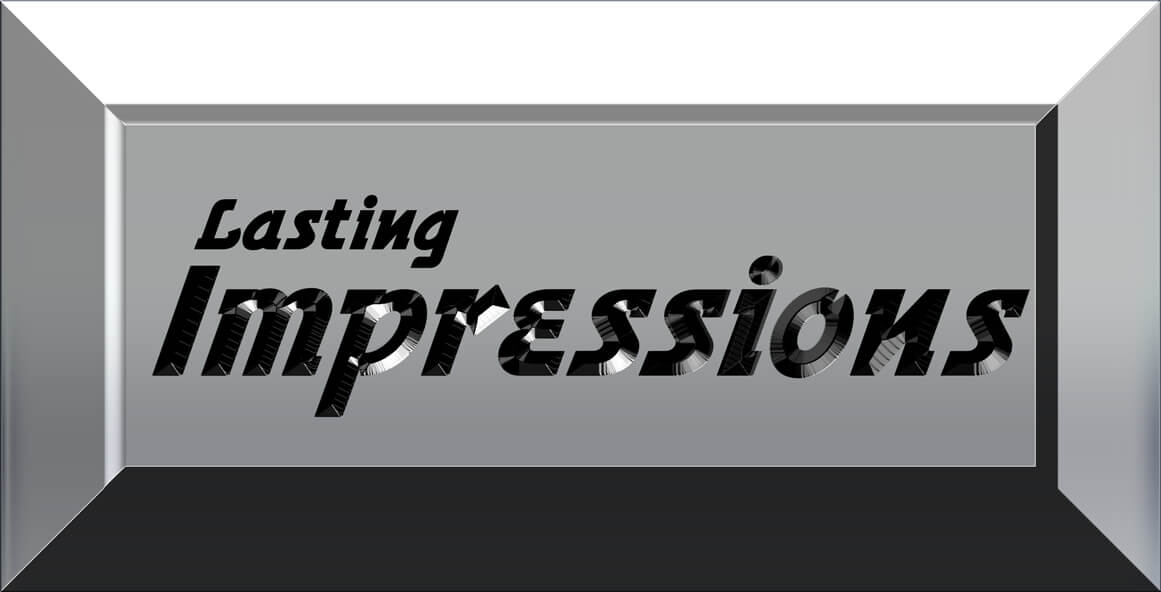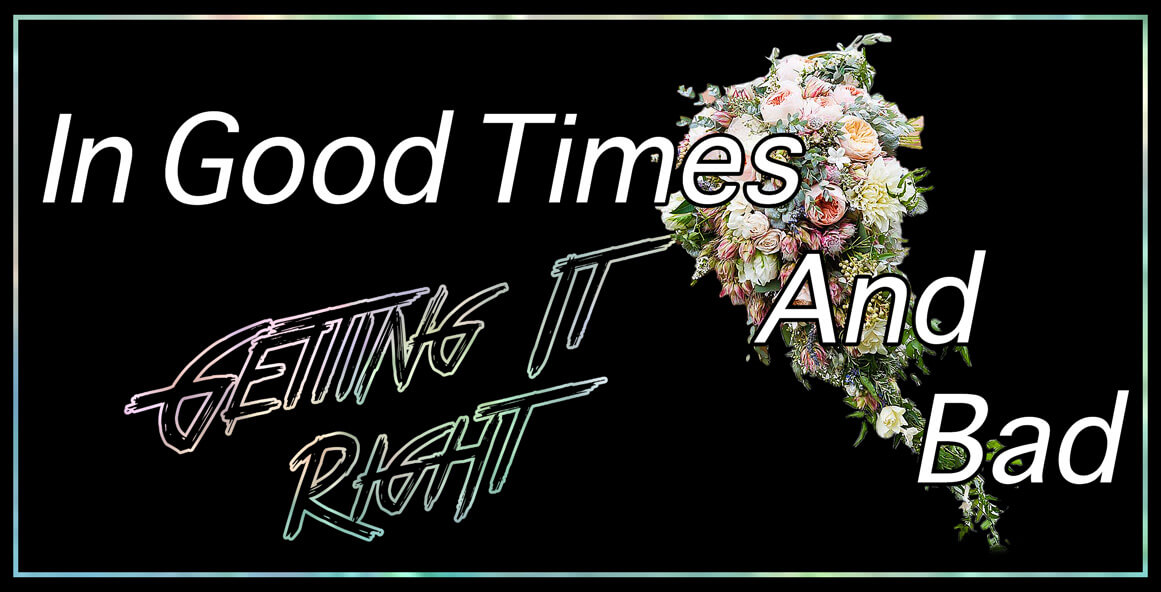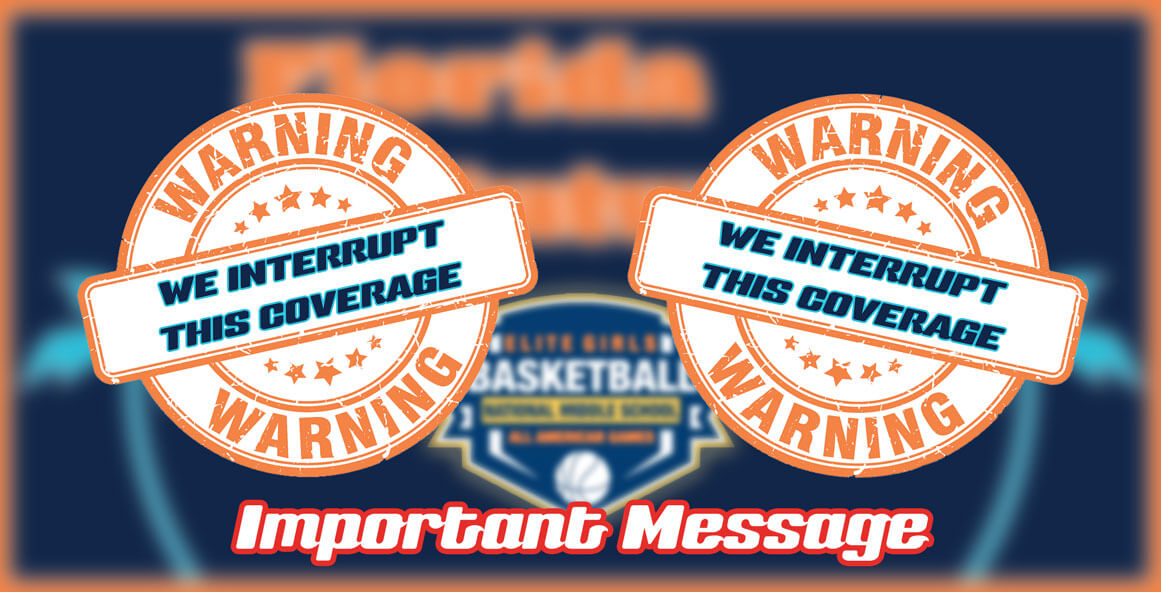Not sure how many of you are about to turn fifty such as me, but if you are in that range, you should remember the invisible ink books.
They were a lot of fun in a much simpler time and today’s Commission on College Basketball report clearly wants to take a page out of that book (with its media deals, it’s revenue) and rewind the concept of college athletics back to the 1980’s.
The Value of the College Diploma in the 1980’s was far greater than today especially to what at the time was first generation minority college attendees.
In the early 1980’s, the number of people who went to college was just over 10.5 million people and a smaller percentage of the attendees were minorities.
Race Gap Narrows in College Enrollment, But Not in Graduation
Blacks are catching up to whites when it comes to going to college. But when it comes to finishing college and getting…
fivethirtyeight.com
In 2017, the number of enrolled college students is over 20 million.
A 2013 Washington Post article referenced that only 27% of college graduates had a job in their major.
What the commission isn’t telling you is a college degree while valuable is no guarantee of a job. And to be frank, the majors that most college basketball athletes are majoring in are probably not the top paying majors that the University has to offer.
The high number of college transfers is as much a product of the professionalism of college basketball as it is about a prospect’s circle
The commission discussed the transfer rate and put at the task the grassroots influences on the athletes to be a large part of the problem.
What the commission fails to discuss is the acceleration of the cycle where college coaches have two years to build a program and the emphasis on winning and selling out the arena that never existed before. The growth of these influences is due to the growing professionalism of the sport. The by-product of that is college programs running off players who can’t contribute to wins quick enough.
Under the current structure, agents have the influence on the system and the ability to corrupt it
The commission brought up that a formal process putting agents into the decision process earlier would be beneficial. That the underbelly of the sport is agent involvement funneling money to top recruits and mortgaging influence in a quid pro quo relationship.
What the commission didn’t say is that the top coaches are side-by-side with the biggest agencies. The coaches are not only represented by them but they use their influence to steer players to the very same agents that the commission is demonizing for their involvement on the prep level.
Universities use search firms that act in this very same vertical manner. Search firm “A”, recommends the appointment of a certain president who in return uses that very search firm to hire the athletic director and/or it’s coaches.
What they aren’t saying: Their agent involvement is bad but our hustle isn’t a problem.
Non-scholastic involvement of the recruiting period is the cause of the free flow of money
The commission proposed a new July exposure period run by a mix of USA Basketball, NCAA, NBA, NBPA.
What wasn’t said, non-scholastic events have been around since the 1960’s and they have always been who the NCAA pointed their finger at as the problem. What changed was that the powerful camps of the 1970′ and 1980’s who the NCAA was at war with became replaced in the mid-90’s by the sneaker companies. The very same sneaker companies that paid NCAA coaches large sums of money and NCAA schools record endorsement deals. That sneaker money going to coaches and colleges is good. The same sneaker money supporting grassroots basketball is bad.
Non-scholastic entities— bad.
For decades, the NCAA has been trying to kill non-scholastic entities in every way it knows how.
It pushes them off college campuses, it took college coaches away from working them, it took away the scouting services from the owners… The theory was that once the NCAA finally kills their influence-that the University camps will once again rise in power to the enormous business they were prior.
But within this process, most universities gave away their college camps to their coaches as part of their compensation. Most camps on college campuses are owned by the coaches who run them as private entities.
One doesn’t go to Duke Basketball Camp but they go to Coach K’s Duke Basketball Camp.
https://dukebasketballcamp.net/
It will be interesting to see if the NCAA will put the same non-scholastic event rules in effect for the coach owned camps.
Roy Williams Carolina Basketball Camps & Clinics | at University of North Carolina
Roy Williams Carolina Basketball Camps & Clinics are held at the Deam E. Smith Center on the University of North…
www.roywilliamsuncbasketballcamp.com
What they aren’t saying: Our guys making money in the system is fine, others -that’s a problem. The money flow never touches our campus or our institutions.
The commission admitted that the NCAA could not properly control the massive event landscape that has come out of the $15B youth sports industry.
What they aren’t telling you is their desire to cut the private entities out. That the private event operators who have made money off the exposure to college coaches has drawn the ire of the coaches and have had the NCAA’s bullseye on them.
Women’s coaches boycotting evaluation period
Sep 23, 2016 Jeff BorzelloESPN Staff Writer Close Basketball recruiting insider. Joined ESPN in 2014. Graduate of…
www.espn.com
The 1980’s represented a time and a structure where media and influence were controlled by big corporations. There was no such thing as OTT, instagram, social media or influencers. Today each person can be their own content producer and monetize based on this influence.
What they aren’t telling you is that some athletes not all, have value even without their institution.
Incoming Duke freshman, Zion Williamson has 1.5m Instagram followers. His engagement has value, in fact, according to the below chart, it’s worth five figures.
This is How Much Instagram Influencers Really Cost
Instagram influencers continue to be a hot topic in social media, and by the looks of it, you can expect to keep seeing…
later.com
That was a foreign concept in the 1980’s and even today to the commission, it’s still treated as such.
Having a professional track will eliminate the majority of the issues
The commission will lead you to believe that the one-and-done is the problem, that removing the 40 or 80, pro-driven top 1% and put them on a professional track would bring order to the college basketball landscape. That isn’t being truthful to the public.
Funnel the recruitment of 16– 18-year-olds to NCAA regional exposure camps won’t take the money out of the prep game.
It will drive the process younger. Instead of EYBL for 15u on up, there will be funded 9u travel ball and runners watching 13 year olds.
The sneaker company influence exists live period or dead.
What they aren’t telling you is: college basketball needs the sneaker companies more than those companies need college basketball.
Don’t believe so… look at the overall basketball shoe market in the US.
What the commission isn’t telling you is that the sneaker company and the agent is just part of the system.
The neighborhood guy, the uncle, the mother’s boyfriend — whoever is putting the food on the table for that family and paying the electric bill has influence and the NCAA isn’t doing anything about them.
While all of this paints a dark picture, this represents such a small percentage of who plays. This sweeping legislation aims to kill the wasp with a bazooka but will damage the majority of those who play.
The sport needs corporate support in its grassroots. It needs funding sources to allow for the non-100k earning family member to play and to provide a place for kids to play. Look at the decline in team sport participation levels. It’s a far cry from the 1980’s even with a much larger US population. Run programs out and the fall-out could be devastating. Every kid that is at practice with a coach is in the gym and not on the street.
Yes, a change is needed but that is to put the entire basketball system under one roof- one federation that governs.
What the commission should be laying out is what collegiate institutions are going to go towards that. What are colleges going to do for the sport, to correct these problems? How will these institutions lead? How about using their in-house resource for compliance with event certification and enforcement? How about recommending to the National Federation of High Schools to have one set of rules that all states play by, contact periods…etc. These college institutions could even do such crazy things as not take endorsements by athletic companies or they could uniform the salaries of coaches. The NCAA could go back to running the sport as a club with club expectations.
But the last thing that the commission should be doing is pretending that it’s everyone else’s fault.
Parent, journalist, adjunct professor, host-That Bracket Show on SB Nation Radio and former Five-Star Camp CEO. Principal of Klein Sports and Education Consulting. Current clients include; The Highlands Current, Kinexon Sports, Basketball Travelers, and Blue Star Sports Technology. Current member of the USA Basketball Working Group on Youth Development Member: USA Basketball Writers Association, AIPS, AP Sports Editors, NABC and Society of Professional Journalists





